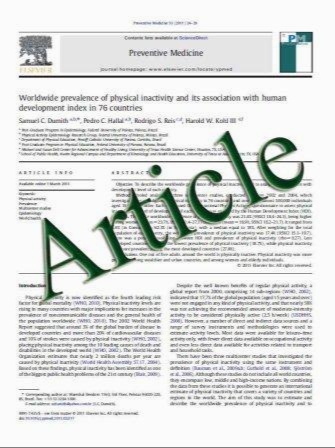Incisional Hernia Prophylaxis in Morbidly Obese Patients Undergoing Biliopancreatic Diversion
- نوع فایل : کتاب
- زبان : انگلیسی
- مؤلف : Giuseppe Currò & Tommaso Centorrino & Cinzia Musolino & Giuseppe Sarra & Giuseppe Navarra
- چاپ و سال / کشور: 2010
Description
Background The development of incisional hernia after open bariatric surgery is a major cause of morbidity and hospital readmission. The use of prosthetic material in clean-contaminated procedures remains controversial and correlated to high rate of local complications. A prospective observational clinical study on two different surgical techniques used to close the abdominal wall has been performed to better assess the safety (primary end point) and the efficacy (secondary end point) of polypropylene mesh placement to prevent incisional hernia in morbidly obese patients undergoing biliopancreatic diversion (BPD). Methods Between January 2007 and February 2009, two consecutive series of 25 obese patients, each undergoing BPD, have been analyzed to compare prophylactic retrorectal muscle prosthetic mesh placement with conventional suture repair of the abdominal wall. The first 25 consecutive patients selected to BPD underwent abdominal closure without mesh (group A), and the next 25 consecutive ones have been treated with prophylactic retrorectal muscle prosthetic mesh placement (group B). Results No mesh infection occurred in patients in group B. The incidence of minor local complications (seroma or hematoma) was similar in both groups. The incidence of incisional hernia was significantly higher (p=0.009) in nomesh group (group A) than in the mesh group (group B) at 1-year follow-up (range, 12 to 24 months). The incidence of incisional hernia was 4% (one case reported) in the group treated with mesh versus an incidence of 32% (eight cases reported) in the group conventionally closed. Conclusions The mesh placement in clean-contaminated bariatric surgery seems to be safe (primary end point) and effective (secondary end point) at 1-year follow-up.
OBES SURG DOI 10.1007/s11695-010-0282-0


